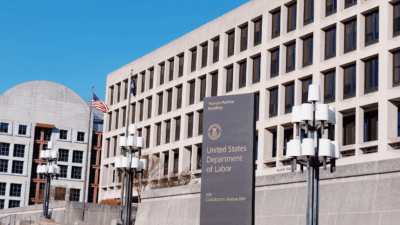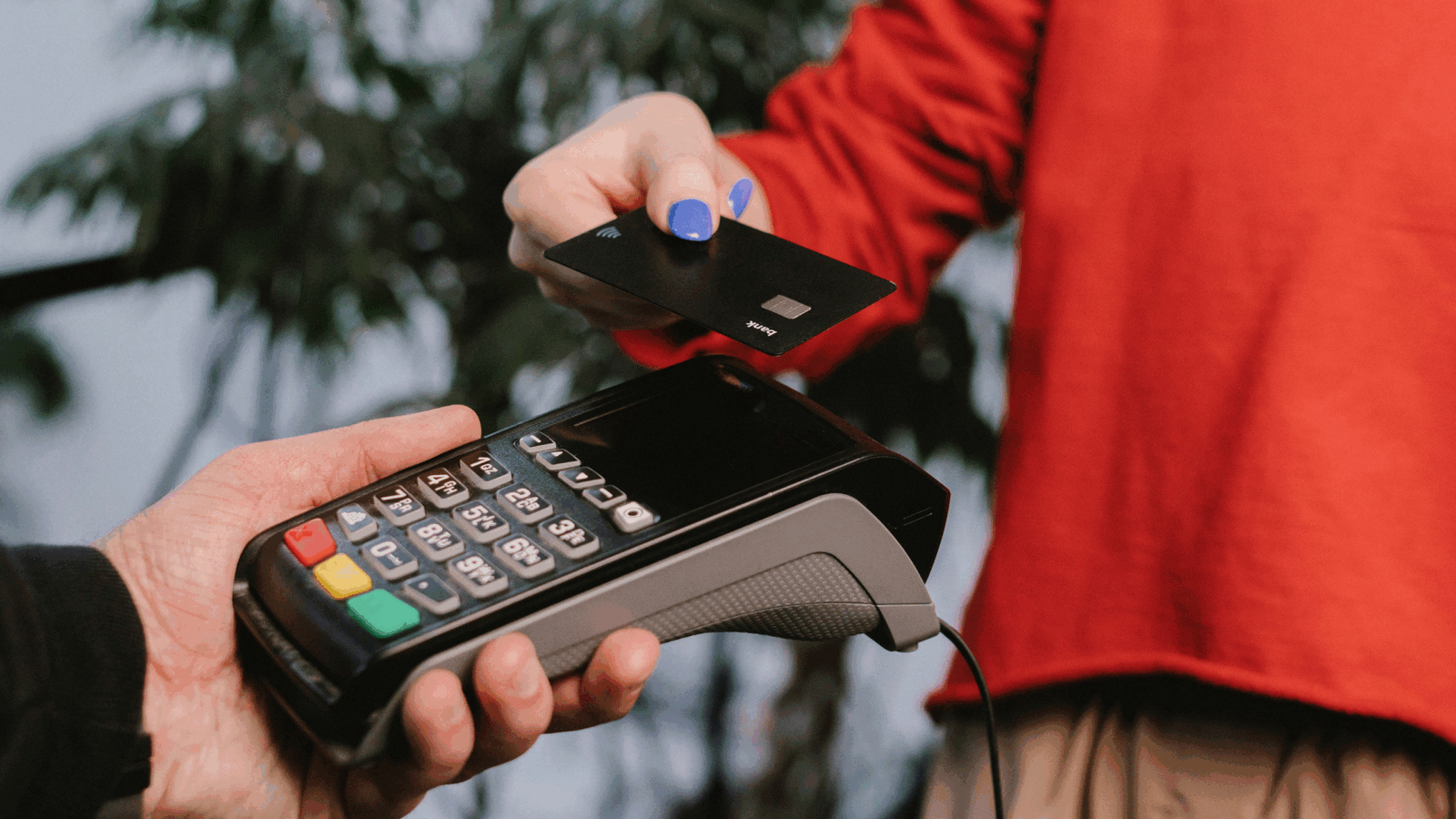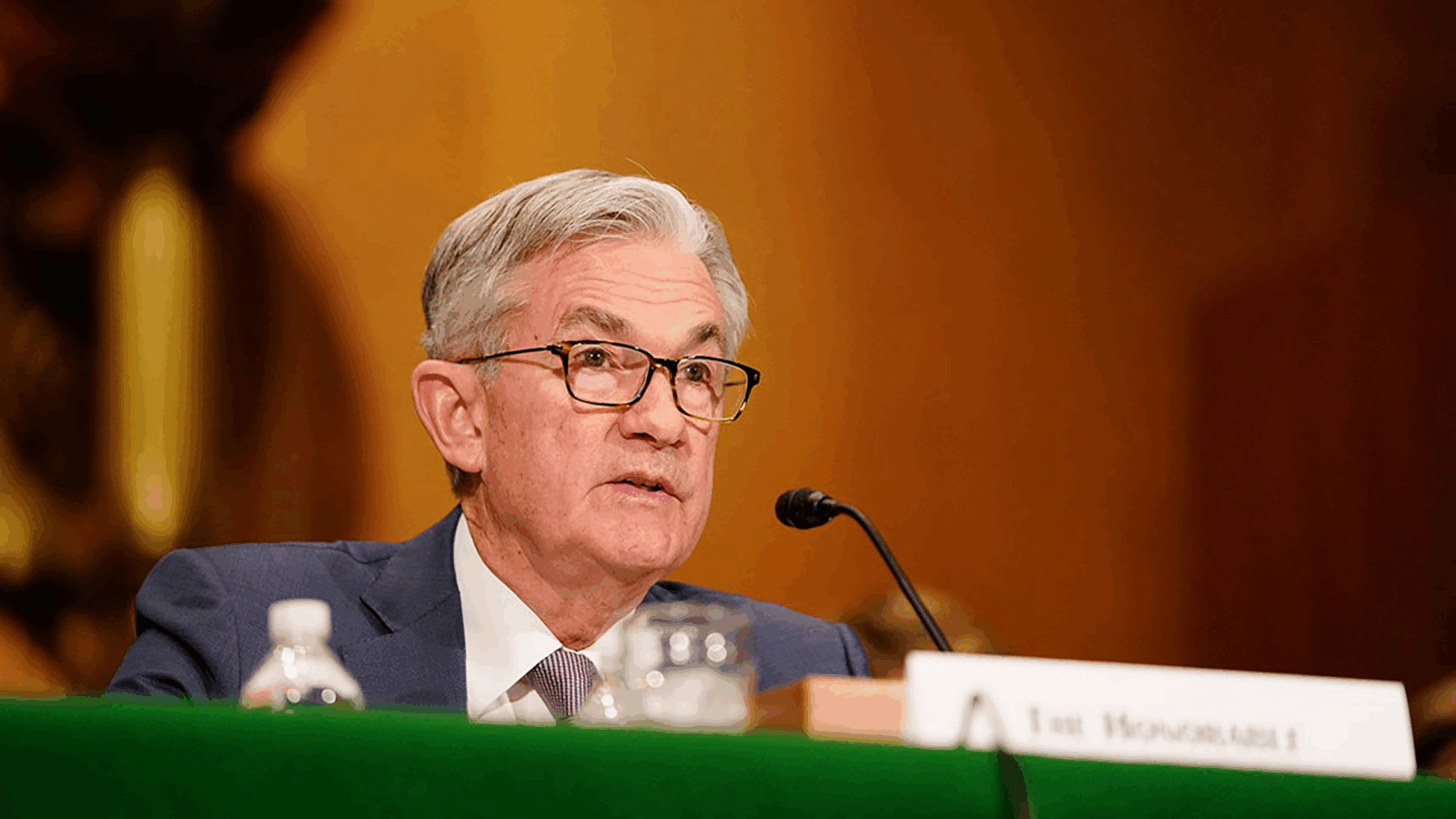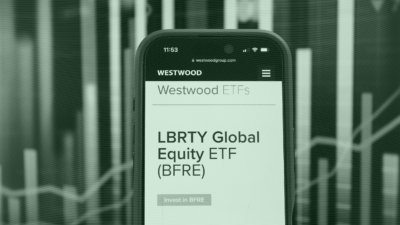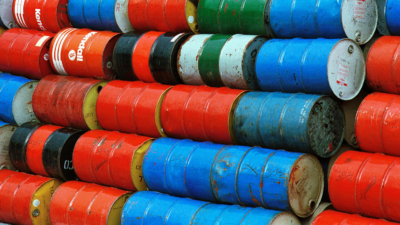
Sign up for smart news, insights, and analysis on the biggest financial stories of the day.
Another commodity, another case of price inflation. It’s the broken record story of the last year — if something exists, it probably costs more. But in this case, the story has a radical and dangerous new twist.
Wheat prices are climbing, and not because of the usual suspects like supply chain blockages and labor shortages. Bread is on the rise — in the oven and at the cash register — because of the threat of war.
Grainy Economic Outlook
If you have turned on a television or read a newspaper in the last two weeks, you know Russia and Ukraine are mobilizing militarized resources along their shared border. There are international concerns that Russia’s President and friend-of-washed-up-action-star-Steven-Seagal Vladimir Putin may be planning an invasion. Recent history warrants those concerns: in 2014, Russia invaded and annexed Ukraine’s Crimean Peninsula, despite international objections.
Along with the geopolitical stability at risk, so is the world’s wheat market. Russia and Ukraine combined represent 29% of global wheat exports, according to the U.S. Agriculture Department. Ukraine is nicknamed “Europe’s breadbasket” for its vast fertile lands that also produce key barley, corn, and rapeseed supplies. And just the threat of conflict has driven up prices on both sides of the Atlantic:
- Wheat futures traded in Chicago are up more than 7% in the last two weeks to $8 a bushel, approaching a decade high of $8.50 set last year.
- European wheat futures, traded in Paris, are up 6% in the same time to €278 ($310) per metric ton, nearing last year’s high.
A minor conflict near the border could drive wheat prices up 10% to 20%, according to Russian grain market research firm SovEcon. Other analysts think they could double, putting immense strain on countries around the world already coping with high food costs.
Waiting for Spanking: An optimistic take draws on Russia’s annexation of Crimea in 2014, when geopolitical concerns drove wheat prices up 25% in two months. After ultimately limited disruptions, prices went back down. “Sometimes waiting for the spanking is worse than the actual spanking,” Jason Britt, head of brokerage Central States Commodities, told the Wall Street Journal.

